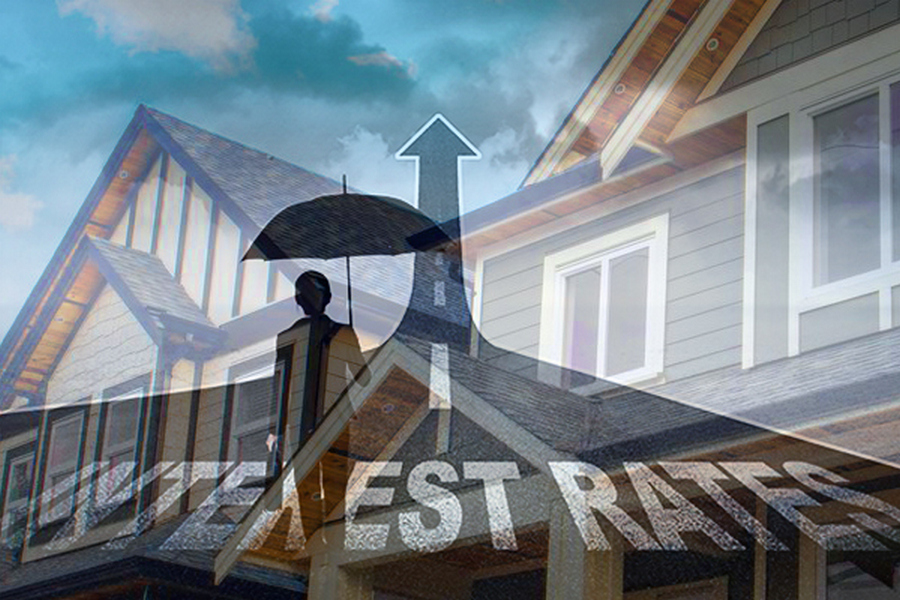The history of interest rates in the United States dates back to the late 18th century, when the first bank, the Bank of North America, was established in Philadelphia in 1782. Since then, interest rates have fluctuated greatly over the years, influenced by various economic and political factors.
Throughout history, interest rates have played a crucial role in shaping the economic landscape. Fluctuations in interest rates can have a significant impact on the economy, leading to periods of growth or contraction. In this article, we will examine some of the cycles in history where interest rates were a factor in economic downturns.
The Great Depression
One of the most significant economic downturns in history was the Great Depression, which lasted from 1929 to 1939. Many factors contributed to this period of economic hardship, including a stock market crash, bank failures, and a decrease in consumer spending. However, one factor that is often overlooked is the Federal Reserve’s monetary policy.
In the years leading up to the Great Depression, the Federal Reserve kept interest rates low to stimulate economic growth. This led to a boom in the stock market and an increase in borrowing and lending. However, as the economy began to overheat, the Federal Reserve raised interest rates to cool it down. This caused a decrease in borrowing and lending, which led to a decrease in consumer spending and a subsequent economic downturn.
The 1970s Oil Crisis
Another period of economic downturn that was influenced by interest rates was the 1970s oil crisis. In the early 1970s, OPEC (Organization of the Petroleum Exporting Countries) raised oil prices, leading to an increase in inflation. In response, the Federal Reserve raised interest rates to combat inflation.
However, the high interest rates had unintended consequences. The increased cost of borrowing led to a decrease in consumer spending, which led to a decrease in economic growth. Additionally, the high interest rates made it more difficult for businesses to borrow money, which led to a decrease in investment and job creation.
The 2008 Financial Crisis
The most recent economic downturn influenced by interest rates was the 2008 financial crisis. In the years leading up to the crisis, the Federal Reserve kept interest rates low to encourage borrowing and investment. This led to a boom in the housing market, with many individuals taking out mortgages they could not afford.
However, when the housing market collapsed, many individuals defaulted on their mortgages, leading to a banking crisis. In response, the Federal Reserve lowered interest rates to encourage borrowing and stimulate economic growth. This led to a period of economic recovery, but it also led to an increase in borrowing and lending that some argue contributed to the rise of income inequality.
The History of Interest Rates and Real Estate
Interest rates are a critical component of the real estate market, as they impact the cost of borrowing money to purchase property. When interest rates are low, it can be easier for buyers to obtain a mortgage and afford a home. Conversely, when interest rates are high, it can be more challenging for buyers to qualify for a mortgage and afford the monthly payments.
One of the most significant impacts of interest rates on the real estate market is on home prices. When interest rates are low, buyers can afford to pay more for a home because their monthly mortgage payments are lower. This can drive up home prices, as buyers compete for a limited supply of homes.
Conversely, when interest rates are high, buyers may not be able to afford as much house, and sellers may need to lower their prices to attract buyers. In this way, interest rates can directly impact the supply and demand for homes and, subsequently, their prices.
Interest rates can also impact the rental market. When interest rates are low, it may be more affordable for investors to purchase rental properties, as their mortgage payments will be lower. This can increase the supply of rental properties, which can lead to lower rental prices.
However, when interest rates are high, it may be more challenging for investors to obtain financing to purchase rental properties. This can reduce the supply of rental properties, which can lead to higher rental prices.
In addition to affecting home prices and the rental market, interest rates can also impact the overall health of the real estate market. When interest rates are low, it can stimulate demand for homes, which can drive economic growth. However, if interest rates remain low for too long, it can lead to a housing bubble, as buyers may overpay for homes.
Conversely, when interest rates are high, it can slow down the real estate market and potentially lead to a recession. High-interest rates can make it more expensive for businesses to borrow money, which can impact job growth and economic activity.












